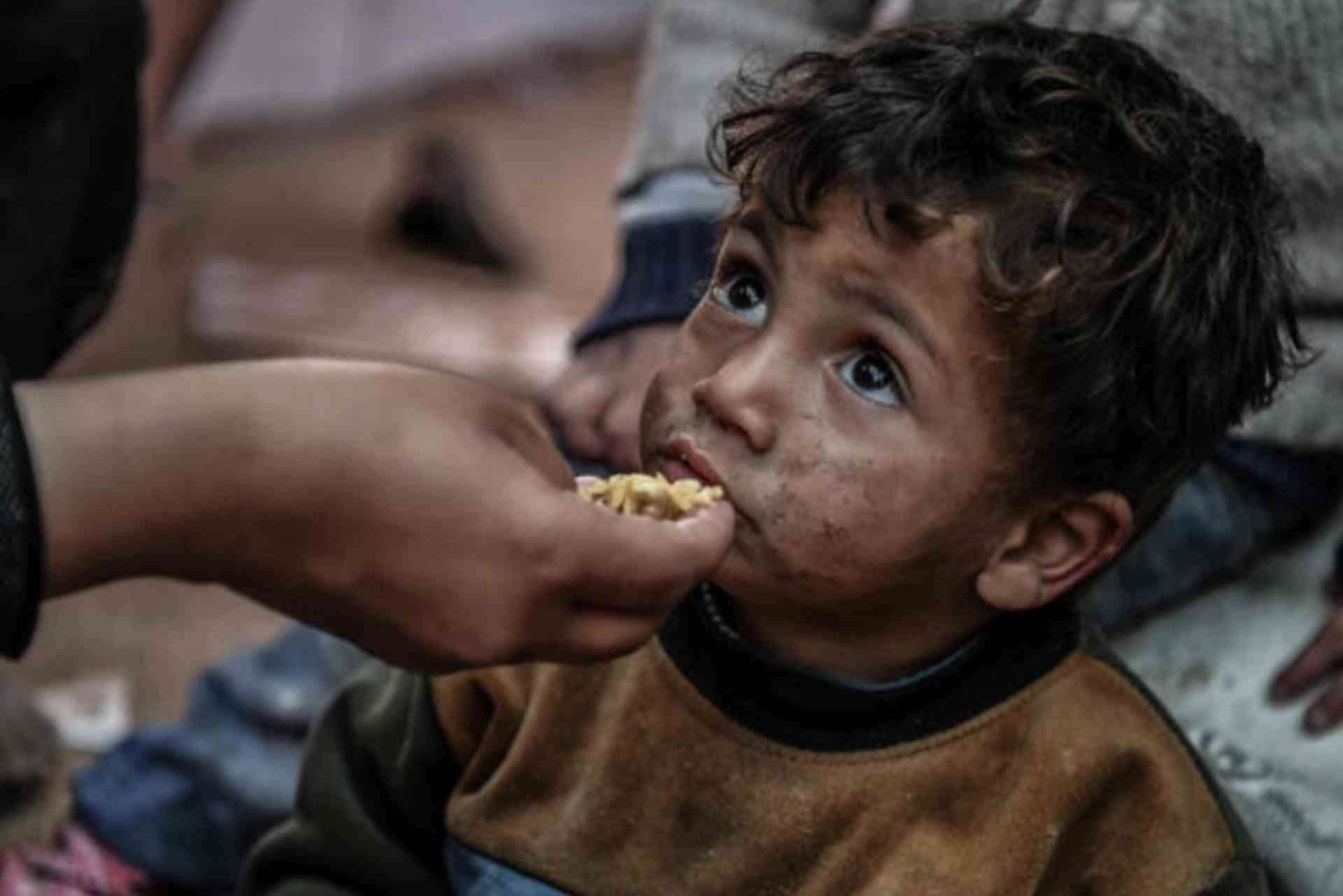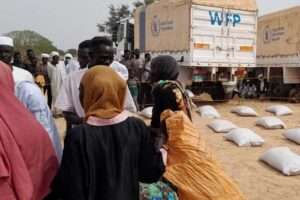From Crisis to Resilience: Strengthening Communities After Disaster Strikes
-
by
CEO/Founder
- No Comments on From Crisis to Resilience: Strengthening Communities After Disaster Strikes
Disaster Relief and Resilience: Responding to Emergencies and Building Community Resilience
Introduction: Disasters, whether natural or human-made, have devastating impacts on communities, often leaving children and families vulnerable and in urgent need of assistance. Disaster relief and resilience efforts aim to provide immediate humanitarian aid and long-term support to help affected populations recover, rebuild, and become more resilient in the face of future emergencies.
Global Statistics on Disaster Impact:
- According to the United Nations Office for Disaster Risk Reduction (UNDRR), over the past two decades, disasters have affected more than 4.2 billion people worldwide, resulting in over 1.3 million deaths and economic losses exceeding $2.97 trillion.
- Children are particularly vulnerable during disasters, accounting for a significant portion of the affected population. UNICEF estimates that nearly 1 in 4 children globally (approximately 535 million) live in countries affected by conflict, disasters, or other emergencies.
Challenges in Disaster Relief and Resilience:
- Humanitarian Access: Accessing affected areas and delivering aid can be challenging due to damaged infrastructure, logistical constraints, security concerns, and bureaucratic hurdles.
- Resource Constraints: Limited funding, inadequate resources, and competing humanitarian crises often strain the capacity of relief organizations to provide timely and comprehensive assistance.
- Psychosocial Impact: Disasters can have profound psychological effects on children and families, including trauma, grief, anxiety, and depression, necessitating specialized psychosocial support services.
- Climate Change: The increasing frequency and intensity of natural disasters, exacerbated by climate change, pose significant challenges to disaster preparedness, response, and resilience-building efforts.
Approaches to Disaster Relief and Resilience:
- Emergency Response: Providing immediate assistance, including shelter, food, clean water, healthcare, and essential supplies, to meet the urgent needs of affected populations in the aftermath of disasters.
- Long-Term Recovery: Supporting communities in rebuilding infrastructure, restoring livelihoods, and recovering from the socio-economic impacts of disasters through sustainable development projects and livelihood support programs.
- Disaster Preparedness: Strengthening disaster preparedness and early warning systems, training local responders, and conducting community-based disaster risk reduction initiatives to enhance resilience and reduce vulnerability.
- Psychosocial Support: Offering counseling, trauma healing, and psychosocial support services to help individuals and communities cope with the emotional and psychological impacts of disasters and build resilience.
- Climate Resilience: Promoting climate-resilient infrastructure, sustainable land-use practices, ecosystem restoration, and disaster risk reduction measures to mitigate the impacts of climate change and enhance community resilience.
Global Initiatives and Organizations: Numerous international organizations and initiatives are dedicated to disaster relief and resilience-building efforts, including:
- United Nations Office for the Coordination of Humanitarian Affairs (OCHA): OCHA coordinates humanitarian response efforts, facilitates collaboration among humanitarian actors, and mobilizes resources to support disaster-affected populations.
- International Federation of Red Cross and Red Crescent Societies (IFRC): IFRC provides emergency assistance, disaster preparedness training, and community resilience-building programs through its global network of national Red Cross and Red Crescent societies.
- United Nations Children’s Fund (UNICEF): UNICEF delivers life-saving assistance, child protection services, and psychosocial support to children and families affected by disasters, advocating for their rights and well-being.
- World Food Programme (WFP): WFP provides food assistance and nutrition support to disaster-affected populations, ensuring access to nutritious meals and preventing hunger and malnutrition during emergencies.
Conclusion: Disaster relief and resilience-building efforts are essential for mitigating the impacts of disasters, protecting the most vulnerable, and building more resilient communities. By providing timely and effective emergency assistance, supporting long-term recovery and reconstruction, and investing in disaster preparedness and risk reduction measures, we can help ensure that children and families affected by disasters receive the support they need to recover and thrive.




